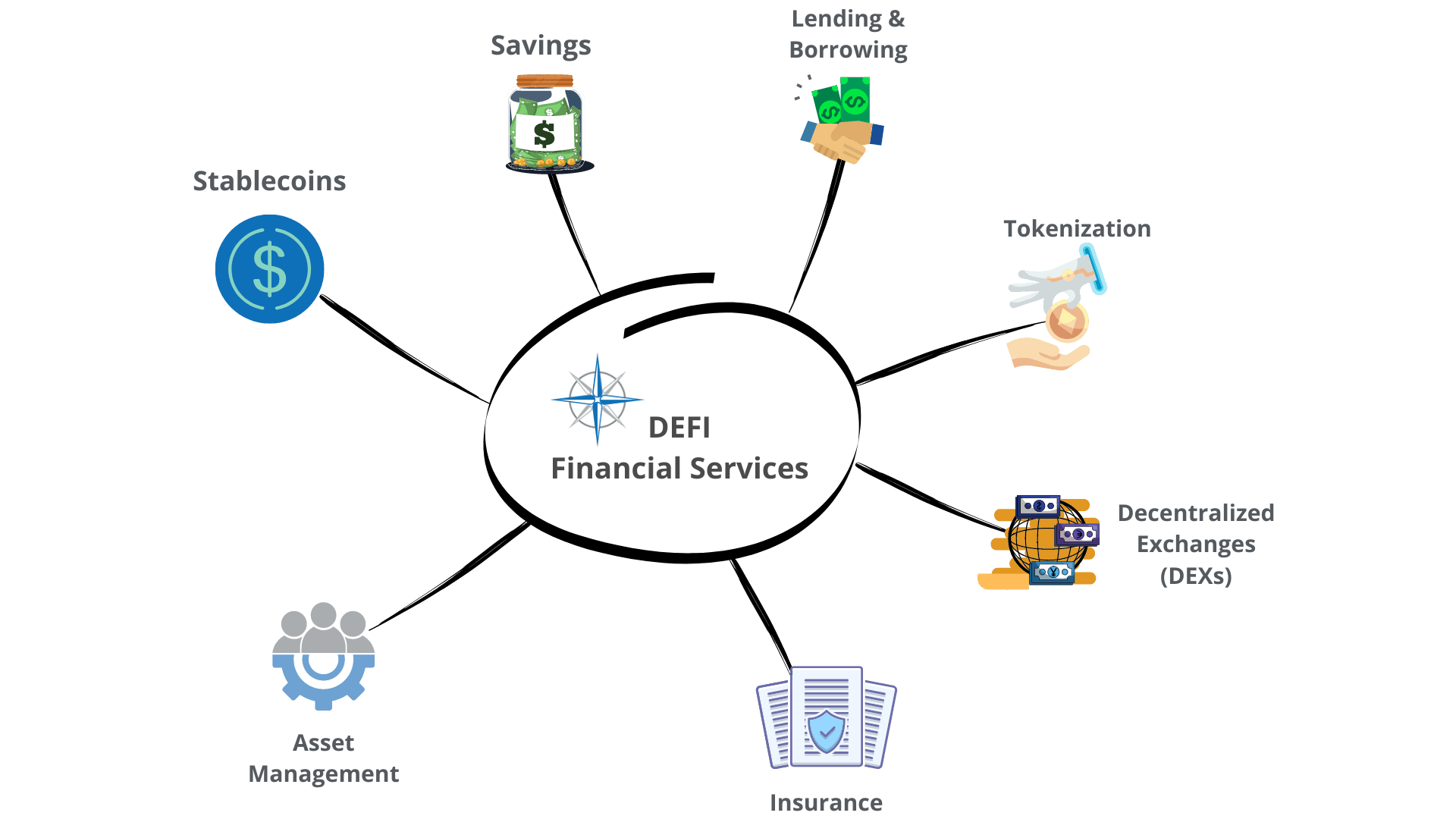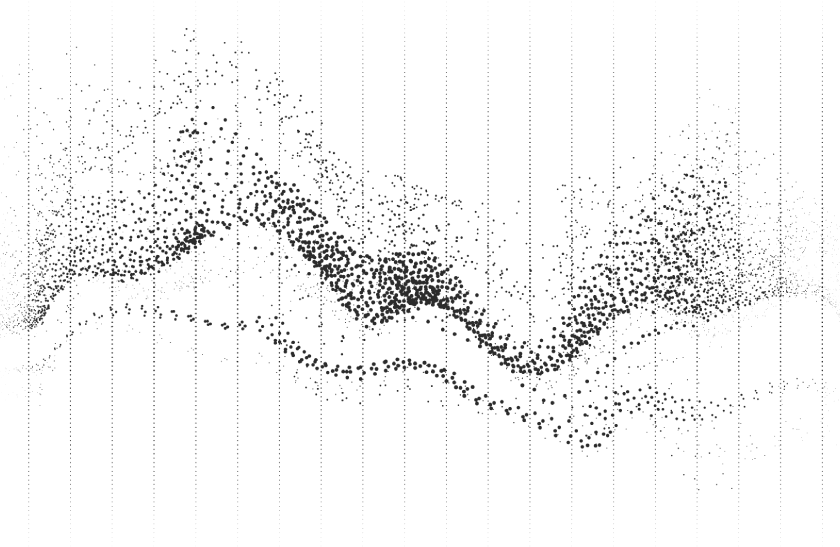Decentralised finance – how modern finance technology works and addresses old necessities
by Dr Cesare Suglia, Luigi Pisano & Stefano Sabetta
DeFi is an acronym widely used in recent years which spiked in use when the first collapse of crypto currencies at the end of 2021 attracted the curiosity of professionals, the world of finance, and the legal world. It’s now very important to analyse what is currently happening as well as what has already taken in place over the last few years.

DeFi is an abbreviation of decentralised finance – two words that indicate a set of financial services that aims to reduce or eliminate intermediaries altogether through the use of computer networks that do not refer to a central institutional body as occurs in the classical controlled system of central authorities FED, ECB, and peripheral banks. Depending on whether disintermediation and decentralisation is partial or total, DeFi ranks as weak or strong. Weak DeFi relies on traditional peer-to-peer platforms, and strong DeFi uses technologies known as distributed ledger technologies (DLTs) – for example, blockchain.
Blockchain involves grafted contracts. These are defined as smart contracts which are nothing more than “if then” algorithms that allow the automatic execution of clauses and transactions upon the occurrence of pre- established conditions. In addition, on the basis of the distributed ledger, one can distinguish in the permission ledger and permissionless ledger whether access to the network is subject to identification or not. Among the DLTs, blockchains stand out – this is why they take their name from the particular shape of their distributed ledger: a “chain of blocks”. Blocks that contain transactions and are bound together by cryptographic protocols.
Compared to other distributed ledger technologies, blockchains allow you to transact with a unique asset: a crypto currency, a digital currency with an encrypted code, a token, a representation of an object (physical or virtual), or a right. The classification according to the type of token is very wide. Some tokens can be coins pegged to the value of physical coins – typically US dollars (USD) and are called stablecoins.
Tokenisation and its potential for hooking allows the token to be replaced with any good or service. In fact, we distinguish between fungible tokens and non- fungible tokens based on their potential to be exchanged via blockchain through smart contracts that allow the transfer of the digital asset. The smart contract, like any real-life contract, includes clauses that are verified by the decentralised network and constitute the blocks of the chain; thus the contract is finally inserted into the blockchain. Some platforms dedicated to the development of smart contracts define and codify the statute and governance of an entire organisation. These constitute the decentralised autonomous organisation (DAO).
The entire universe that refers to decentralised finance is based on the concept of decentralisation and interconnection, therefore it is decentralisation that guarantees an efficient and widespread control of the whole system, unlike what happens in regulated finance where central banks and market authorities constitute the guarantee of the entire supervisory system. The segment in which DeFi is having the most significant impact is trading on exchange, also called decentralised exchange or DEX. This type of trading allows the purchase and sale of tokens in peer-to-peer mode without intermediaries or volume limits, and allows for the possibility of keeping the keys of your wallet without entrusting them to a centralised exchange.
If you could summarise everything in a SWOT analysis matrix, what would be the key points we could highlight at each point of the graph? The strengths are obviously numerous, a primary strength being that DeFi through the blockchain makes it impossible to breach data within the security network without the combination of public and private keys. The system’s weaknesses, on the other hand, concern precisely the fact that these access keys are often not protected due to the vulnerability of the personal devices on which they are stored.
On the opportunity side these are potentially unlimited, including the possibility of creating a very liquid market that facilitates token exchange operations through an over-the- counter system. At the same time, the threats also seem to be considerable. If on one hand operating in one or more deregulated markets without any form of guarantee can accelerate and increase trade, on the other hand it produces the ideal conditions for hackers to discover and exploit all potential weaknesses. In this new universe of finance, the risk of possible frauds and damages for inexperienced users is greatly increased, bringing with it a whole series of legal problems that are not easy to solve.
In conclusion, like any new tool, DeFi is neither all good or all bad. Its value depends on if you use it in a useful and constructive or destructive way; as with a gun where you could accidentally kill an innocent person or destroy a monster that threatens your family.
To allow you to use this new tool correctly, you should study the manual and practice for a long time, or ask a competent consultant to explain how to use it correctly and train you.
Photo: Gorodenkoff - stock.adobe.com

/https://storage.googleapis.com/ggi-backend-prod/public/media/3182/cryptocurrancy-blockchain-a310133783.jpg)
/https://storage.googleapis.com/ggi-backend-prod/public/media/1710/SUGLIA-Cesare-_-MGA-b&w-square.jpg)
/https://storage.googleapis.com/ggi-backend-prod/public/media/2771/mga_milano_global_advisors.jpg)
/https://storage.googleapis.com/ggi-backend-prod/public/media/3695/glasgow-a246600781.jpg)
/https://storage.googleapis.com/ggi-backend-prod/public/media/5345/Laptop---smartphone-square.jpg)
/https://storage.googleapis.com/ggi-backend-prod/public/media/3193/coffee-farm-a148234519.jpg)
/https://storage.googleapis.com/ggi-backend-prod/public/media/3591/personalisation-a95112857.jpg)